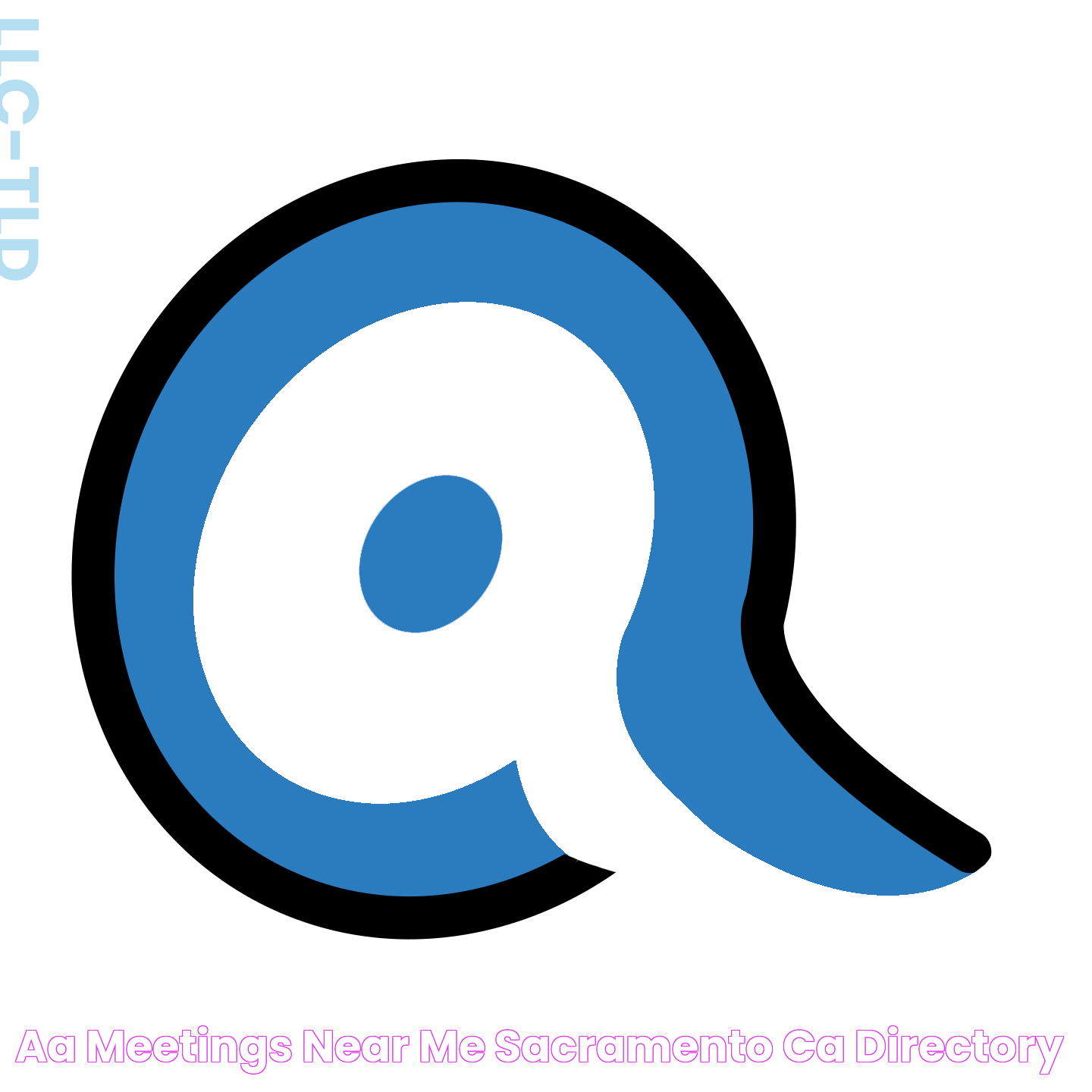Essential Guide To AA Meetings: Transforming Lives And Building Community

AA meetings, a cornerstone of recovery for millions worldwide, offer a safe space for individuals battling alcohol addiction to find support, hope, and camaraderie. These meetings, rooted in the Alcoholics Anonymous (AA) program, emphasize mutual aid and shared experiences to help members achieve and maintain sobriety. Whether you’re new to the concept or seeking a deeper understanding, AA meetings provide a life-changing platform for people to connect and heal together.
For many, AA meetings are more than just gatherings—they represent a lifeline. These meetings encourage open dialogue about addiction, fostering a sense of belonging and accountability among participants. By adhering to the Twelve Steps and Twelve Traditions, AA meetings empower attendees to confront their struggles and celebrate their victories in a judgment-free setting. With a rich history and a global presence, AA meetings continue to inspire hope and change lives.
In this comprehensive guide, we’ll delve into every aspect of AA meetings, from their origins and structure to the benefits they offer. Whether you’re considering attending your first meeting or simply curious about how they work, this article will provide you with all the information you need. Let’s explore how AA meetings are transforming lives, one step at a time.
Read also:Timeless Temptations Songs That Shaped Soul Music
Table of Contents
- What Are AA Meetings?
- How Did AA Meetings Start?
- What Happens in an AA Meeting?
- Different Types of AA Meetings
- Benefits of Attending AA Meetings
- Who Can Attend AA Meetings?
- How to Prepare for Your First AA Meeting?
- AA Meetings and the Twelve Steps
- What Are the Twelve Traditions?
- Role of Sponsorship in AA Meetings
- Virtual AA Meetings in the Digital Age
- Common Misconceptions About AA Meetings
- How Do AA Meetings Differ from Other Support Groups?
- AA Meetings and Long-Term Recovery
- Frequently Asked Questions About AA Meetings
- Conclusion
What Are AA Meetings?
AA meetings are gatherings of individuals who share the common goal of overcoming alcohol addiction. These meetings, which are part of the Alcoholics Anonymous program, provide a judgment-free space where members can share their experiences, struggles, and successes. AA meetings are designed to foster a sense of community, accountability, and mutual support, which are crucial for maintaining sobriety.
How Do AA Meetings Work?
AA meetings are typically structured around the Twelve Steps, a set of guiding principles that help individuals achieve and maintain sobriety. The meetings often begin with an opening statement, followed by readings from AA literature, personal sharing, and group discussions. Each meeting has a chairperson or facilitator who guides the session, ensuring that everyone has a chance to participate.
What Makes AA Meetings Unique?
Unlike other support groups, AA meetings are entirely self-supporting and free to attend. They are open to anyone who has a desire to stop drinking, regardless of background, religion, or socioeconomic status. This inclusivity, combined with the anonymity of participants, makes AA meetings a unique and welcoming space for individuals seeking recovery.
How Did AA Meetings Start?
The origins of AA meetings date back to 1935 when two men, Bill Wilson and Dr. Bob Smith, met in Akron, Ohio. Both were struggling with alcohol addiction and found that sharing their experiences helped them stay sober. This simple act of mutual support laid the foundation for Alcoholics Anonymous, which quickly grew into a global movement.
The Role of the Big Book
The "Big Book," formally titled Alcoholics Anonymous: The Story of How Many Thousands of Men and Women Have Recovered from Alcoholism, serves as the foundational text for AA meetings. Written by Bill Wilson, the Big Book outlines the Twelve Steps and provides stories of recovery to inspire and guide members.
Early Growth and Expansion
After its founding, AA quickly gained momentum, spreading across the United States and eventually worldwide. The program's emphasis on anonymity and inclusivity attracted people from all walks of life, making it a universal solution for those struggling with alcoholism.
Read also:Warhammer 40k Khorne The Chaos God Of Blood And Battle
What Happens in an AA Meeting?
Understanding what happens in an AA meeting can ease the anxiety of attending for the first time. Meetings typically follow a set format, which includes an opening statement, readings, and sharing sessions.
Opening and Welcome
Each meeting begins with a welcome from the chairperson, who may read the AA Preamble, the Twelve Steps, or the Twelve Traditions. This sets the tone for the meeting and reminds participants of the program's principles.
Personal Sharing and Group Discussions
During the meeting, participants are encouraged to share their experiences with alcohol addiction. This sharing is voluntary, and there is no pressure to speak. Listening to others' stories can provide valuable insights and inspiration for recovery.
Different Types of AA Meetings
AA offers various types of meetings to cater to the diverse needs of its members. These include open meetings, closed meetings, speaker meetings, and discussion meetings.
Open vs. Closed Meetings
Open meetings are accessible to anyone interested in learning about AA, including non-members. Closed meetings, on the other hand, are restricted to individuals who identify as alcoholics.
Specialized Meetings
Some AA meetings are tailored to specific groups, such as women, LGBTQ+ individuals, or young people. These specialized meetings provide a more comfortable environment for participants to share their experiences.
Benefits of Attending AA Meetings
AA meetings offer numerous benefits that extend beyond sobriety. These include emotional support, a sense of community, and practical tools for managing addiction.
Emotional and Social Support
One of the primary benefits of AA meetings is the emotional and social support they provide. Members often form lasting friendships and networks that help them navigate the challenges of recovery.
Accountability and Responsibility
Attending AA meetings regularly fosters a sense of accountability and responsibility. Members hold each other accountable for their actions, encouraging them to stay committed to their recovery journey.
Article Recommendations

